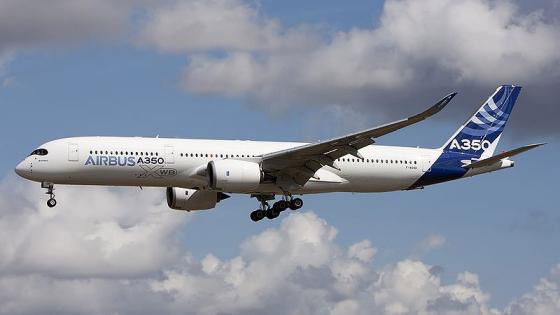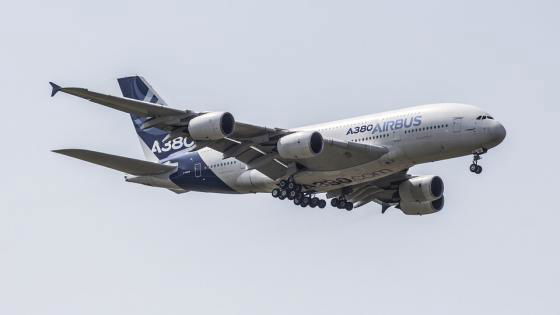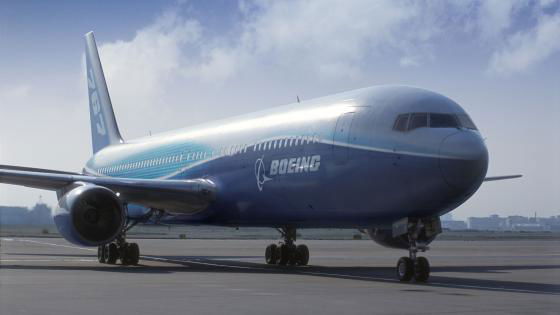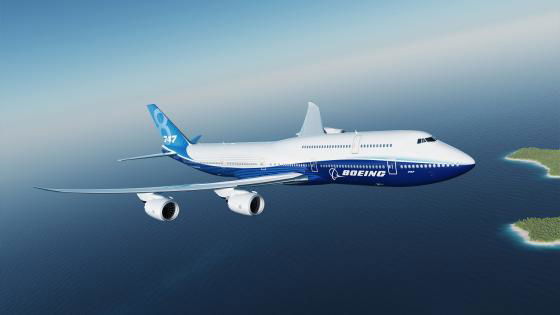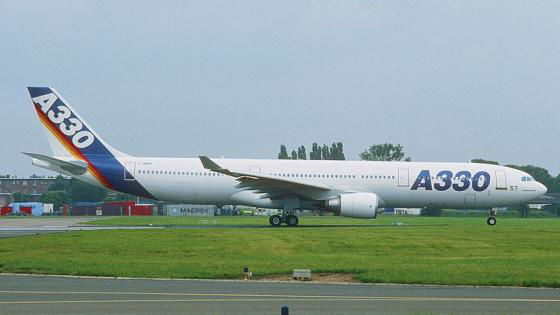For those passionate about aviation, running an airline could be the perfect career choice. The only problem is that few businesses have as many variables and challenges as airlines, so starting one is incredibly difficult and making it profitable in the long run, is much harder.
Airline start-ups are capital intensive, fiercely competitive and are at the mercy of fuel price and passenger demand volatility. Not only this, but they are human resource intensive, subject the regulatory control and their operations can also depend heavily on the weather in some parts of the world.

If reading the above hasn’t put you off the idea, here’s how you might go about setting one up.
Market Analysis
Anyone considering starting any type of business should study the market in which they intend to trade. This is of course true with the airline industry, which has its own quirks and features.

It will be important to understand traffic growth potential, regional trends, and aircraft requirements. Boeing produces a set of useful research documents each year which are highly regarded by the industry. The most prominent is its Commercial Market Outlook, in which it analyses the future for all aspects of the commercial aviation industry for the next 20 years.
Operational Environment
The next step is to understand the operational environment you intend to fly in. This means getting your head around the Freedoms of the Air formulated during the Chicago Convention in 1944. You will also need to become familiar with the regulatory guidance and requirements associated with the particular nation you plan to be based.
Understanding the framework of regulations, standards and guidelines will mean less headaches when you come to apply for an Air Operators Certificate etc.
Business Plan
Like any start-up, a well thought out business plan could be the key to success. According to Boeing, a typical airline plan includes:
-
Analysis of the market and competition
-
Brand positioning
-
Description of the business and opportunity
-
Details about the operation
-
Management team biographies
-
Discussion of risks and obstacles
-
Pro forma financial statements/projections
-
Capitalisation plan
-
Brand development
-
Implementation strategy.
Aircraft Selection
Now for the fun part – picking which aircraft type(s) are going to form the basis of your fleet. You might instinctively choose your favourite examples, but a lot of thought needs to be put into selecting the right aircraft for the type of flying you’ll be doing.
There’s no point choosing a Boeing 747 if you’re going to be operating short regional services in a low demand market – essentially the choice needs to fit your target markets and proposed frequencies.
On a deeper level, the optimal aircraft also needs to align with the network plan, traffic estimates, economics, and performance requirements of the airline operation.
Many airlines in the past have chosen to focus on a single type rather than a mixed fleet. The benefits of this approach are reduced overall maintenance expenses as well as lower cost crew training. The drawbacks to this are that a single type cannot do everything, so you’ll have to either limit the route network or purchase multiple variants in the same aircraft family.
Once you’ve settled on a specific aircraft type, it’s time to think about how you’re going to pay for them. There are two main options, financing a direct purchase and an operating lease.
The direct purchase is exactly what it says on the tin, an acquisition of an aircraft either from the manufacturer or through an agent for second-hand examples.
The operating lease is a contract between a lessor and lessee which allows a company to operate the equipment owned by the lessor, for a period in return for a rental payment.
The advantages of a purchase:
-
Maximum control of aircraft configuration
-
Equity gain
-
Operational flexibility
The disadvantages or purchase:
-
Large upfront investment required
-
Residual value risk
-
Fleet purchase decisions tend to me more permanent
The positives of leasing:
-
Low capital investment
-
Increased fleet flexibility
-
Lessor holds the residual value risk
-
Generally quicker delivery
The drawbacks of leasing:
-
Airline exposed to lease rate fluctuations
-
No equity gains
-
Lessor may restrict the use of the aircraft
When you’ve assessed the pros and cons of leasing verses purchasing an aircraft, you’ll have to make a decision about which approach best fits your operation.
Launching
Once you’ve ticked all the boxes on the business plan including obtaining the required approvals to operate, training crew, setting up maintenance operations and signing deals with handling agents and airports, you’re ready to launch.

Assuming this all goes well; you’ll have to continually adapt your business to current market conditions. If you get complacent, that’s when the competition will sweep in and snatch your market share.
This article only scratches the surface of what’s involved in the process of starting an airline, either it’s put you off the idea, or made you want to start one even more. If the latter is the case, good luck!


